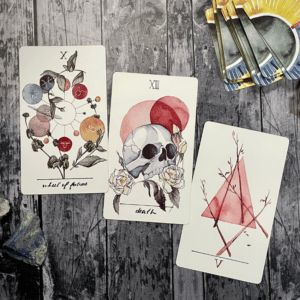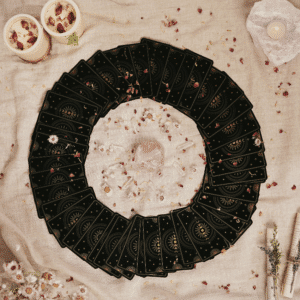The Summer solstice (also known as Litha) is the day that marks the longest period of sunlight and the shortest period of nightfall for the northern hemisphere. It is also called “midsummer” and “longest day.”
This is when the Earth is tilted closest to the Sun in its orbit. This happens twice a year, and it is opposite for each hemisphere. From the Earth, this is when the Sun seems highest in the sky.
Midsummer is one of the four-quarter days in many different traditions; the others being the Spring equinox, the Autumnal (or vernal) equinox, and the Winter solstice (also called midwinter). In the southern hemisphere, these quarter days are opposite each other, and the midsummer for the northern hemisphere is midwinter for the south.



